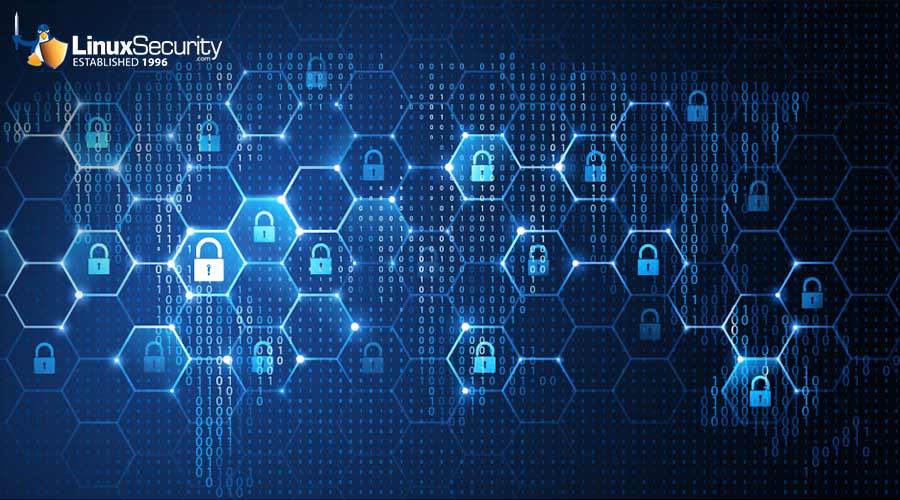Secure Ideals
Obviously, no one is saying that firewalls are worthless - quite the opposite; without a firewall, you might as well leave all the doors and windows open and erect a neon sign saying "rob me." But as this magazine has been stressing for years, a firewall should be a part of an integrated security policy, defined by a comprehensive risk analysis. If your external security is breached, you need a secondary line of defense. We can carry the building analogy further still. Most buildings have a whole host of additional security measures in place internally to detect `anomalous' behavior: cameras, badge-locks and the like. If a person working in one office is detected in another, something is clearly amiss. If the security pass of someone on holiday is used, there is a good chance that something suspicious is happening.
The link for this article located at SCMagazine is no longer available.





![Linux Kernel 'Make-Me-Root' Flaw Threatens Popular Distros [Updated] 32.Lock Code Circular Esm W300](/images/articles/900x500/32.Lock_Code_Circular.jpg#joomlaImage://local-images/articles/900x500/32.Lock_Code_Circular-esm-w300.jpg?width=900&height=500)


















